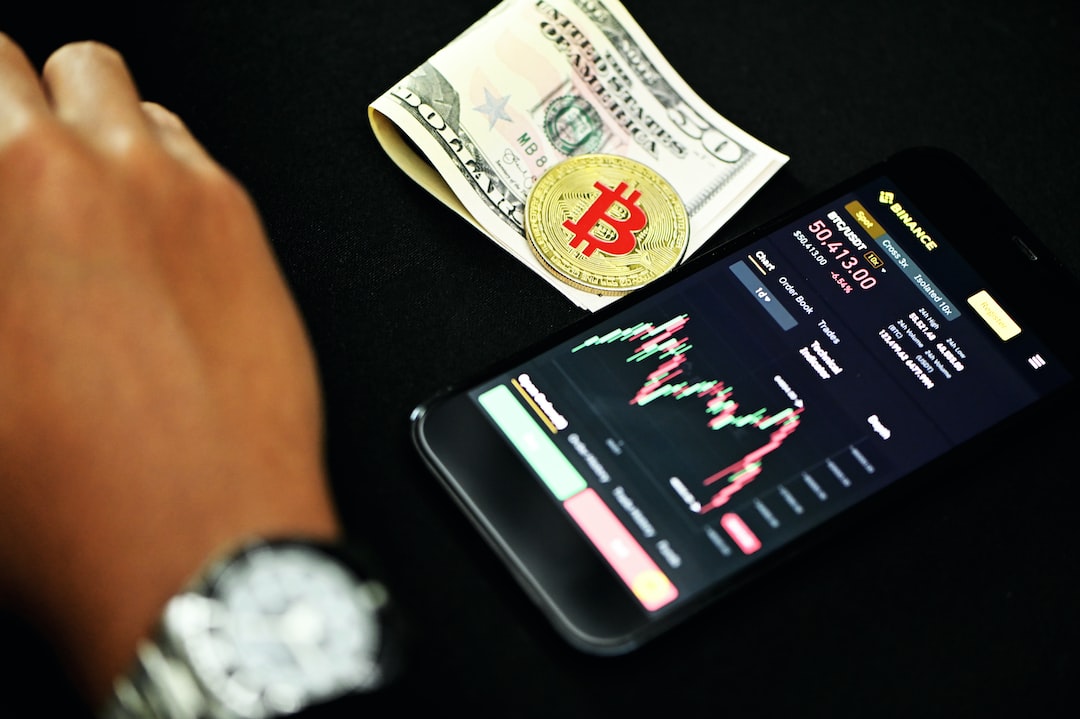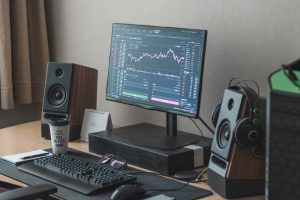Forex trading involves buying and selling currencies in a global marketplace. As a forex trader, it is important to understand the various concepts and strategies involved in the market to make informed decisions. One such concept is the order block. In this article, we will explain what an order block is and how it can be used in forex trading.
What is an Order Block?
An order block is a price level where significant buying or selling activity has occurred in the past. It is a consolidation area where the market has spent a considerable amount of time before breaking out in a particular direction. An order block can be formed on any timeframe, from a 1-minute chart to a monthly chart.
In simple terms, an order block is a level where a large number of traders have placed their orders, making it a significant level of support or resistance. These levels can be identified on a chart as a range of price action or a consolidation period.
How to Identify an Order Block?
To identify an order block, traders need to look for a consolidation area on a chart, where the market has spent a considerable amount of time. This area can be identified by looking at the price action, where the candles have formed a range or a consolidation period. The range of the candles will indicate the level of the order block.
Once the order block is identified, traders can use it as a level of support or resistance, depending on the direction of the breakout. If the market breaks out above the order block, it indicates a bullish trend, and the order block will act as a level of support. On the other hand, if the market breaks out below the order block, it indicates a bearish trend, and the order block will act as a level of resistance.
How to Use Order Blocks in Forex Trading?
Order blocks can be used in various ways in forex trading, depending on the trader’s trading style and strategy. Some of the ways to use order blocks in forex trading are:
1. Entry and Exit Points: Order blocks can be used as entry and exit points in a trade. Traders can enter a trade when the market breaks out above or below an order block, depending on the direction of the breakout. The order block can also be used as an exit point, where traders can close their position when the market reaches the order block level.
2. Stop Loss Placement: Order blocks can also be used to place stop-loss orders. Traders can place their stop-loss orders below the order block level when they enter a long position and above the order block level when they enter a short position.
3. Risk Management: Order blocks can be used as a risk management tool in forex trading. Traders can use the order block levels to determine the risk-to-reward ratio of a trade. By placing their stop-loss orders below the order block level and their take-profit orders above the order block level, traders can ensure a favorable risk-to-reward ratio.
4. Trend Identification: Order blocks can also be used to identify the trend in the market. If the market breaks out above an order block, it indicates a bullish trend, and if it breaks out below an order block, it indicates a bearish trend. Traders can use this information to make informed trading decisions.
Conclusion
Order blocks are an important concept in forex trading. They are price levels where significant buying or selling activity has occurred in the past, making them significant levels of support or resistance. Traders can use order blocks in various ways, such as entry and exit points, stop-loss placement, risk management, and trend identification. By understanding and using order blocks in forex trading, traders can make informed trading decisions and increase their chances of success.





